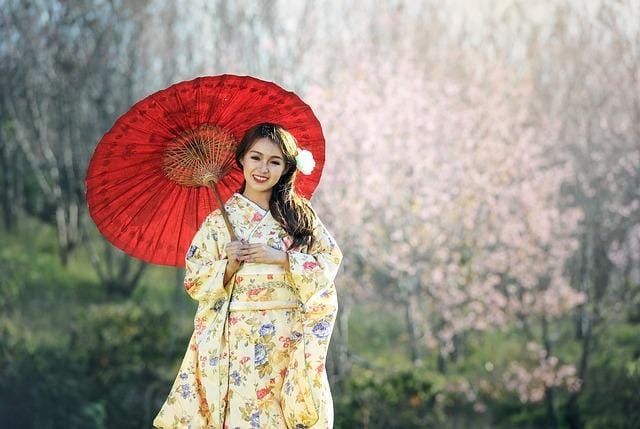How are traditional costumes used in Kabuki performances?
日本传统木偶戏:文乐和歌舞伎
深入研究 迷人世界 通过我们的综合指南了解日本传统木偶戏。从复杂的文乐木偶戏到动感十足的歌舞伎表演,日本拥有丰富的戏剧遗产,令世界各地的观众为之着迷。加入我们的行列,一起探索日本木偶戏的历史、技艺和传统。 文化意义 这些标志性的日本艺术形式。
文乐日本木偶剧艺术
文乐又称人形净琉璃,是日本传统木偶戏的一种形式,起源于东日本大正年间。 歌舞伎-dance-drama/” title=”7 Captivating Insights into Japan's Kabuki Dance Drama”>early 17th century. Characterized by its elaborate puppets and complex storytelling, Bunraku combines narration, music, and puppetry to create a unique theatrical experience.
文乐的历史
Bunraku emerged in Osaka during the Edo period and was influenced by earlier forms of puppetry and storytelling. Over time, it evolved into a highly sophisticated performance art, gaining popularity among 不同受众.这种艺术形式在很大程度上依赖于木偶表演者、解说员和音乐家之间的合作。
技术和木偶戏
- 三人木偶戏: Each puppet, typically about half life-size, is operated by three puppeteers. The main puppeteer controls the head and right arm, while the other two manage the left arm and legs.
- 音乐伴奏:文乐表演以三味线等日本传统乐器演奏的音乐为特色,增强了故事的情感深度。
- 旁白:故事由一位名叫 "塔尤"(Tayū)的能说会道的人讲述,他的声音传达着人物的情感和动作。
文化意义
Bunraku has been recognized as a UNESCO Intangible Cultural Heritage, highlighting its importance in Japanese culture. Its themes often revolve around historical events, folktales, and human emotions, providing insight into Japanese society and traditions.
歌舞伎:日本戏剧的奇观
Kabuki is another traditional Japanese art form, known for its vibrant costumes, elaborate makeup, and dynamic performances. Unlike Bunraku, Kabuki involves live actors who bring stories to life through dance, drama, and music.
歌舞伎的历史
Created in the early 17th century by a woman named Izumo no Okuni, Kabuki quickly grew in popularity and evolved over the years. Initially performed by women, it transitioned to an all-male cast due to governmental regulations. Today, Kabuki remains one of Japan’s most enduring and beloved theatrical traditions.
性能要素
- 精致的服装和化妆:歌舞伎中的人物穿着精致的服装,化着引人注目的妆容,被称为 "Kumadori",以突出他们的角色和情感。
- Dance and Music:歌舞伎表演融合了日本传统舞蹈和三味线、鼓和笛子等乐器演奏的音乐。
- 舞台艺术:歌舞伎剧场配有旋转舞台和活门,可以进行戏剧性的场景变换和特效表演。
文化意义
Kabuki has been recognized as an Important Intangible Cultural Property and a UNESCO Intangible Cultural Heritage. It continues to capture the imagination of audiences with its storytelling, artistic expression, and theatrical innovation.
比较文乐和歌舞伎
| 特点 | 文乐 | 歌舞伎 |
|---|---|---|
| 性能类型 | 木偶剧院 | 现场表演 |
| 起源 | 17 世纪,大阪 | 17 世纪,京都 |
| 关键要素 | 木偶戏、旁白、音乐 | 舞蹈、戏剧、音乐 |
| 文化认可 | 联合国教科文组织非物质文化遗产 | 联合国教科文组织非物质文化遗产 |
| 主要受众 | 成人 | 所有年龄 |
结论
The worlds of Bunraku and Kabuki offer fascinating glimpses into Japan’s rich cultural heritage. While Bunraku charms audiences with its intricate puppetry and emotional storytelling, Kabuki dazzles with its dramatic performances and visual splendor. Both art forms continue to thrive and captivate new generations, preserving and celebrating Japan’s unique theatrical traditions.
Whether you’re a seasoned theater enthusiast or a curious newcomer, experiencing Bunraku and Kabuki firsthand is a rewarding journey into the heart of Japanese culture.
